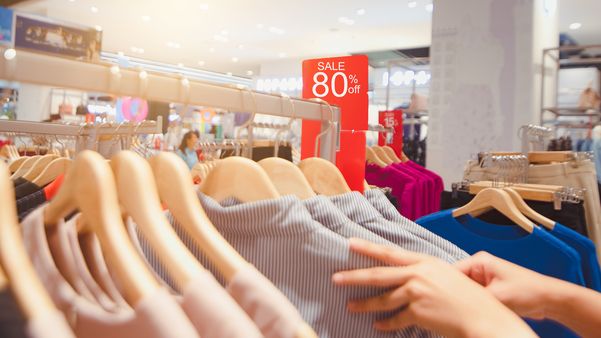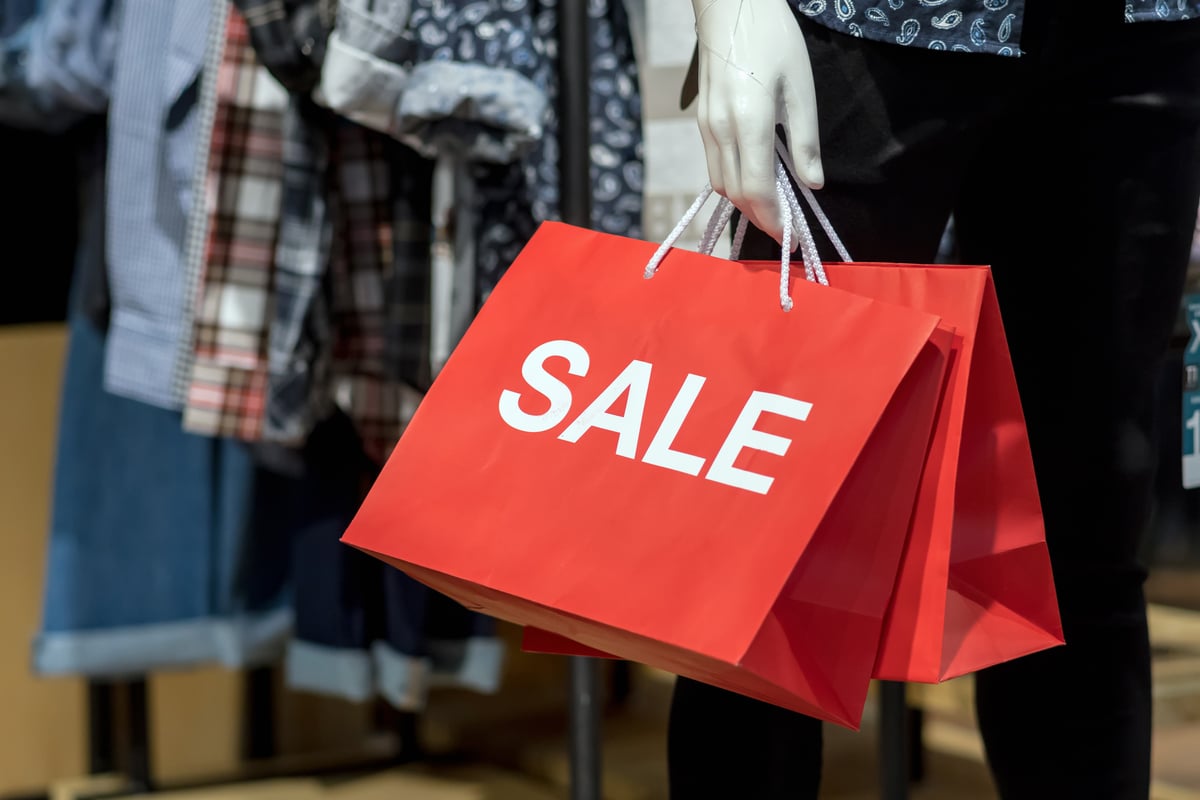The coronavirus pandemic has taken its toll on many retailers as foot traffic has evaporated. This has been especially difficult for discount retailers like Burlington Stores (BURL +0.01%) with a minimal e-commerce presence. Burlington stock's substantial decline of 23% year-to-date may be appealing to investors looking to buy into this retailer at a discount. However, there are a few factors to consider before taking the plunge.
Minimal e-commerce presence
Burlington Stores CEO Michael O'Sullivan announced in March 2020 that the company plans to exit e-commerce, because the brick-and-mortar stores "[have] a significant competitive and economic advantage over e-commerce." O'Sullivan stated that shutting down the e-commerce platform would have minimal impact on the bottom line as that segment only accounted for 0.5% of total revenue.
In any other business model, this would raise a large red flag. However, Burlington relies upon name-brand overstock and prior-season products for the majority of inventory. Because size and product variations are large, it is not cost-effective to manage an e-commerce platform.

Image source: Getty Images.
In almost every market, the brick-and-mortar discount business model is highly effective, but the pandemic closed all of Burlington's stores on March 22 until further notice. The lack of an online channel leaves the company highly exposed to the challenges of running a business with negligible revenue, forcing the company to rely on its $403 million of cash on hand -- as well as the additional $400 million the company announced it would be borrowing last month -- until the pandemic subsides.
An expensive valuation
Shares are still expensive after declining over 20% year to date with a forward price-to-earnings ratio of 31, which comes in well above the sector median.
Before the coronavirus pandemic forced Burlington to close all of its 700-plus stores, the company's 42.0% gross margin, 9.3% revenue growth, and 11.6% adjusted EBITDA growth in fiscal 2019 gave shareholders good reason to hold Burlington stock at its high valuation.
However, management provided soft guidance for fiscal 2020 with expected adjusted earnings growth of 8.6% at the midpoint, down from 15.1% last year, and just 1% to 2% comparable-sales growth, compared to almost 3% in 2019. That gave shareholders reason to be concerned about Burlington Stores' growth trajectory before the pandemic took hold, and making matters worse, management had to pull its first quarter and full-year outlook after closing stores.
Burlington also does not pay a dividend, yet another reason to give shareholders pause when industry peers Ross Stores and TJX Companies both reward shareholders with quarterly payouts. As revenue disappears for an unknown period of time, Burlington shareholders face significant risk.
A silver lining
China was the first country to shut down because of the coronavirus, and it is now one of the first countries working to reboot its economy, including its manufacturing sector. This creates a disconnect between supply and demand for a lot of merchandise as retailers in North America decrease or cancel their orders, leaving manufacturers with a surplus of inventory.
This is potentially great news for Burlington Stores and its off-price competition in the coming year as these companies can pick up merchandise at deep discounts to fill their store racks once the pandemic is over, which should expand profit margins and reduce the long-term impact of the closures.
However, even with this tailwind, investors must cautiously monitor these retailers' progress afters stores reopen to see how much consumers are willing to spend in times of potential economic turmoil. Every retailer in North America is facing a major challenge during the pandemic, and discount operations like Burlington with no e-commerce presence have the steepest hill to climb. For the time being, investors need to be patient and wait for clear indications the pandemic will not have long-term effects on customer traffic before building a position.








